-
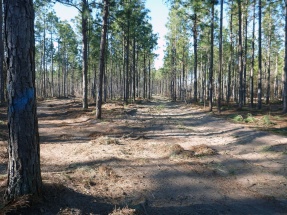
Our partner the Southern Regional Extension Forestry group has a new newsletter available. You can read it here.
-
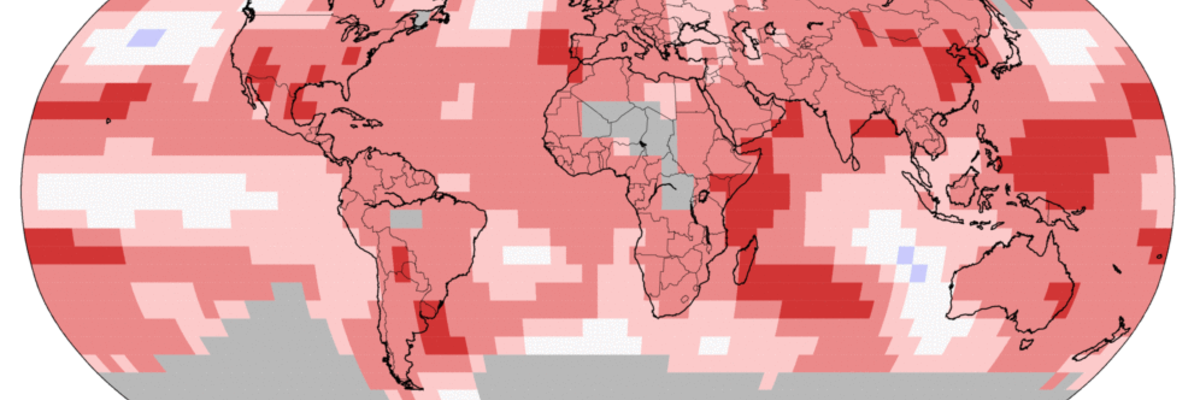
The latest NOAA global climate summary was released today. It shows that for the globe as a whole, November was tied for 5th warmest, September through November was the fourth warmest, and 2017 to date was the third warmest on record. You can read more information about sea ice and other global climate stories at https://www.ncei.noaa.gov/news/global-climate-201711.
-
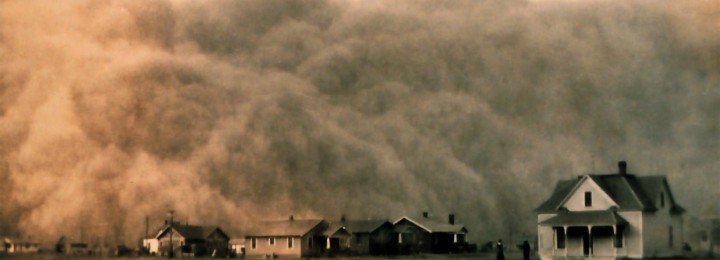
Here is an interesting story about how farmers in the Plains are returning to tilling after years of no-till. The concept of no-till was driven in large part by the Dust Bowl of the 1930s, when tilled fields literally blew away in the strong winds that accompanied the major drought then. The article’s title is…
-
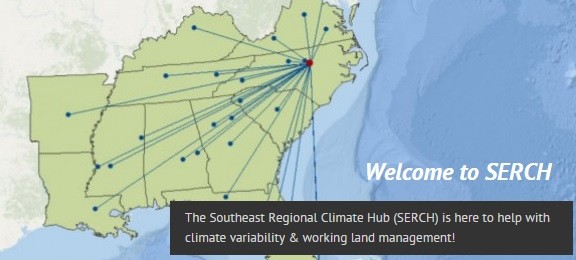
According to the latest Southeast Regional Climate Hub (SERCH) newsletter, the Fire Weather Intelligence Portal has been expanded from North Carolina to cover the entire Southeast. You can check it out at https://climate.ncsu.edu/fwip/. You can also check out the SERCH newsletter at https://mailchi.mp/ncsu/southeast-climate-hub-winter-2017-newsletter?e=04d8214f9d.
-

The latest edition of the newsletter was published this week. It contains a variety of interesting short articles on some climate activities in the Southeast and a list of upcoming events. You can view it here.
Posted in: Climate and Ag in the news -

While dry conditions have allowed drought to expand in the Southeast, parts of the region should see quite a bit of rain this week. The Florida peninsula will remain dry, but north of that, as much as seven inches could be measured in a few places. Rain should be distributed over the week.
Posted in: Climate outlooks -
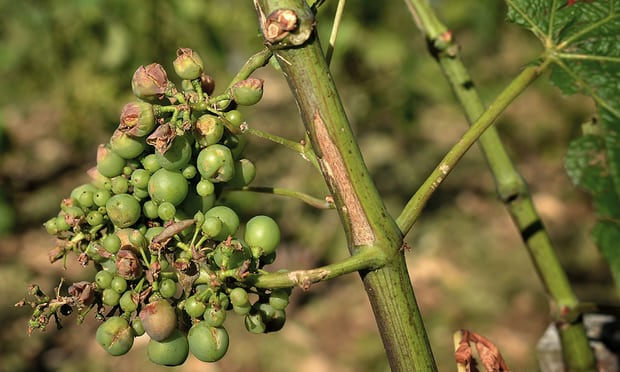
Now that winter is here, fruit growers are thinking about winter care of their trees and bushes. Did you know that the time you choose to prune your fruit trees depends on the weather conditions? Pruning in fall can prevent sugars from moving to the roots of muscadines where they are normally stored, for example.…
Posted in: Fruit